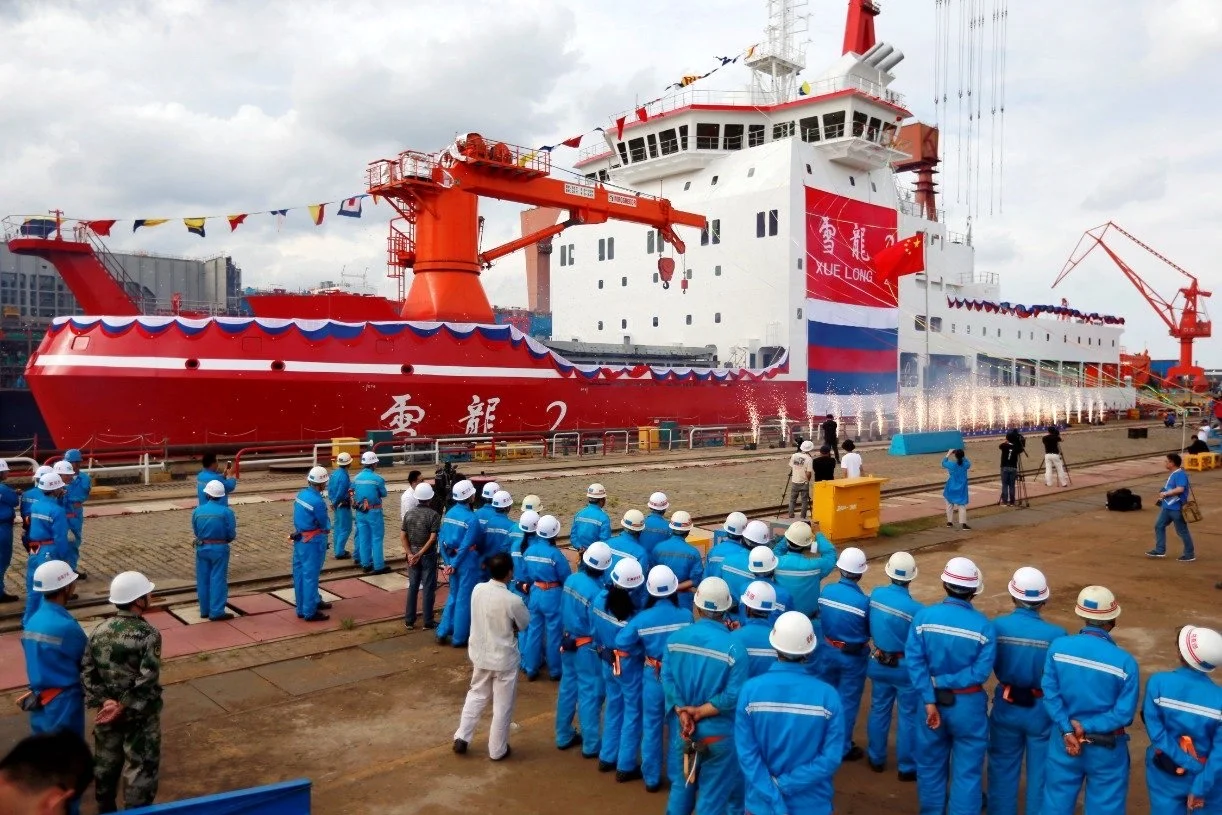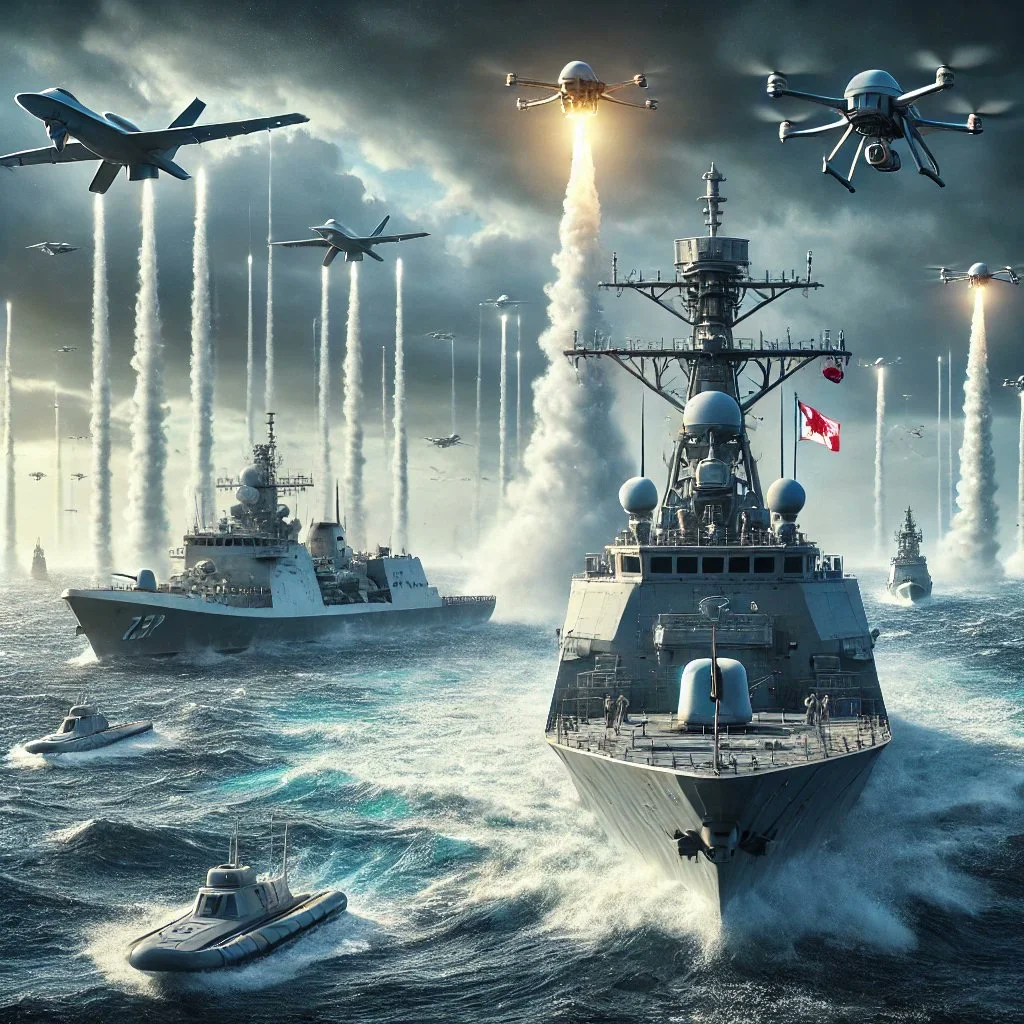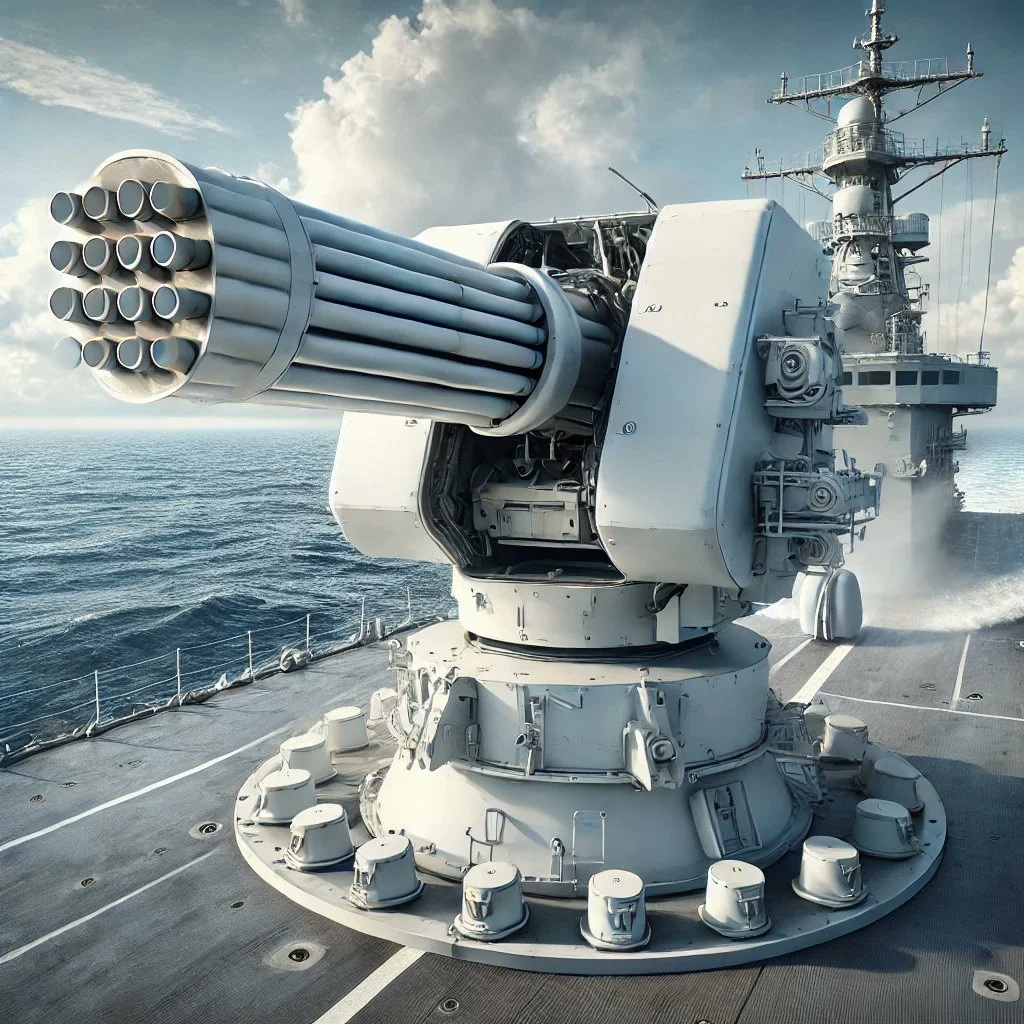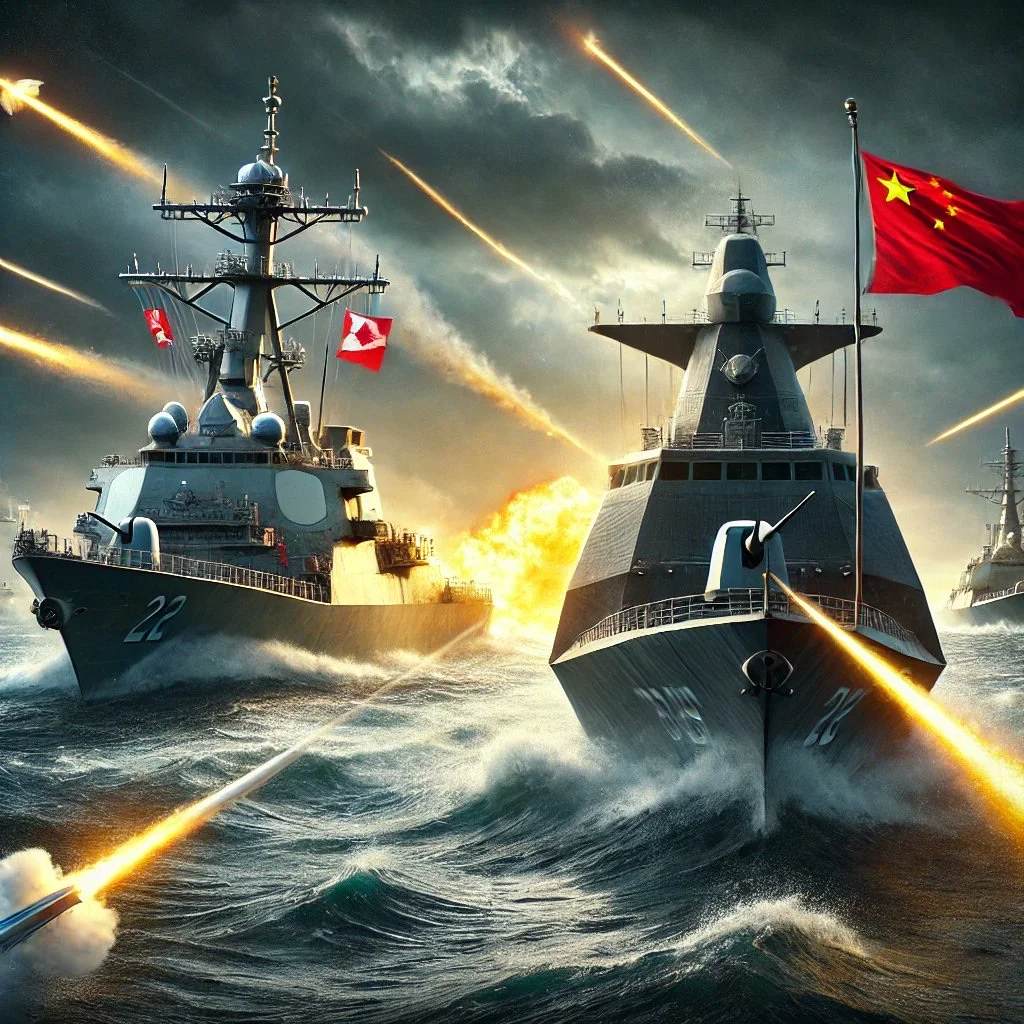@TrevorWiltrans How well will these stack up to the Chinese Type 052DL & Type 55 destroyers currently entering service with the PLA along w/ their armed Xuelong class heavy icebreakers? That is the emerging threat to western nations.
@SkillsGapTrain The 21st-century maritime domain is in constant flux, a dynamic battleground shaped by technological acceleration and shifting geopolitical tides. This report analyzes the combat potential of the Chinese Type 052DL (February 2012 – present) and the future combat potential Canadian River-Class Destroyers (2025 to 2050), focusing on their ability to navigate the challenges of this evolving naval landscape.
‘An older destroyer design from China, versus a next generation design that will emerge over the next few decades for Canada.’
While both represent the cutting edge of their respective fleets, key differences in design philosophy, armament choices, and potential procurement strategies expose a concerning asymmetry that favours the older Type 052DL in a near-future conflict.
The Revolution in Military Affairs: A Sea Change in Warfare
No longer can naval strategists rely on the paradigms of old. The Revolution in Military Affairs (RMA) is reshaping warfare with unprecedented speed. The proliferation of precision-guided munitions (PGMs), once confined to major powers, is now a global phenomenon. This, coupled with the exponential growth of unmanned systems – from swarming drones to autonomous small size surface missile platforms and underwater torpedo launch vehicles – creates a multi-domain threat matrix that challenges traditional naval defenses.
Close-In Weapon Systems (CIWS): The Last Line of Defense
In this volatile environment, the CIWS assumes paramount importance as the final bulwark against penetrating threats. Here, the Type 052DL and River-class diverge sharply, revealing fundamental differences in design priorities. The Type 052DL’s Type 1130 CIWS, with its blistering 10,000 rounds per minute rate of fire from an 11-barrel 30mm Gatling gun, exemplifies a commitment to brute-force defense.
It creates a dense and highly effective curtain of projectiles, ideally suited for decimating swarms of cheap, expendable threats. The reliance on gun-based defense also ensures readily available and cost-effective ammunition, critical for sustained engagements against a high volume of targets.
The Type 1130’s rate of fire is nothing short of astonishing. Unleashing approximately 10,000 rounds per minute from its 11-barrel Gatling gun, it creates a storm of steel unlike anything seen in naval warfare. To put this in perspective, a single second of fire from the Type 1130 equates to roughly the same projectile weight as a full broadside from a World War II-era destroyer’s smaller guns. This sheer volume of fire, coupled with the devastating effect of high-explosive incendiary rounds, transforms the airspace around the Type 052DL into a lethal kill zone for incoming threats.
The River-class, by opting for the SeaRAM CIWS, takes a more measured, precision-based approach to close-in defense, at the expense of sustained engagement capability. Utilizing the sophisticated RIM-116 Rolling Airframe Missile (range: 9 kilometers), SeaRAM offers pinpoint accuracy and extended range. However, this sophistication comes at a cost. With a limited magazine capacity estimated at 16 – 24 missiles per unit, the SeaRAM could be quickly overwhelmed and depleted in a large-scale swarm attack.
Furthermore, the economic cost of engaging inexpensive, mass-produced drones with expensive missiles raises serious questions about the sustainability of this approach in a protracted conflict.
This vulnerability, present in many Western fleets, is likely to be ruthlessly exploited by adversaries who can leverage readily available commercial drone technology and robotic systems to saturate defenses.
The Type 052DL, on the other hand, embodies a fundamentally different design philosophy, prioritizing overwhelming firepower with its Type 1130 CIWS to counter the emerging threat of mass attacks.
This choice exposes a fundamental difference in design philosophy: the Type 052DL prioritizes overwhelming incendiary bullet firepower to counter mass attacks, while the River-class leans towards a more measured, very expensive and very limited precision-based defense, likely at the expense of sustained engagement capability.
Anti-Ship Missiles: A Tale of Two Ranges
The disparity in anti-ship missile capabilities further amplifies the asymmetry between these warships. The Type 052DL fields the formidable YJ-18, a supersonic anti-ship cruise missile with an estimated range exceeding 540 kilometers and a powerful 300-500 kilogram warhead. This weapon, capable of reaching speeds of Mach 2.5-3, grants the Type 052DL a decisive reach and lethality advantage, enabling it to engage targets beyond the River-class’ effective response range.
While the River-class’ Naval Strike Missile (NSM), with a range of up to 185+ kilometers, is a sophisticated subsonic missile with evasive capabilities, its shorter range and subsonic speed place it at a significant disadvantage. Even with its maneuverability, the NSM remains vulnerable to interception, particularly against a faster, longer-ranged adversary.
Doubling Down on Deficiencies: The Long-Range Missile Gap
Compounding the River-class’ challenges is the uncertainty surrounding the acquisition of longer-range anti-ship missiles, a situation further complicated by Canada’s historical defense posture. While the ship is technically capable of launching the BGM-109 Tomahawk (range: 1,600 kilometers), the Tomahawk is primarily a land-attack missile, though the (TLAM-D) variant does have a secondary anti-ship capability. However, there is no official confirmation that Canada will actually procure longer range missiles than 600 km required for effective defense in modern contexts.
This lack of clarity, combined with a defense mindset that, being globalist in prioritization and Liberal in nature (and no this is not bias, this is reality), is likely to prioritize less assertive systems that project limited defensive power and limited offensive power, limited range, and this raises serious concerns about the River-class’ ability to match the Type 052DL’s extended reach. This problem is further compounded if China decides to launch next generation Destroyers of their own, which would put them one generation ahead in capability (possibly featuring stealth designs with rail guns similar in nature to the old battle ship guns).
Despite a recent awakening to the importance of national security, Canada’s defense culture still exhibits a hesitancy to fully embrace a more assertive posture. This reluctance, particularly among leadership, could manifest in a preference for shorter-range anti-ship missile options, potentially compromising the River-class’ long-range strike capabilities.
Should Canada choose not to acquire long range anti ship missiles, the River-class would be at a significant disadvantage in long-range engagements, forced to close hundreds of kilometers undetected to reach effective firing range. This is impractical, and given the surveillance technology available today, impossible.
This tactical limitation would severely hamper its ability to counter the Type 052DL’s potent YJ-18 anti-ship missiles (range: 540+ kilometers; speed: Mach 2.5-3), leaving the River-class vulnerable to a first strike.
This potential deficiency, combined with historical inefficiencies in Canadian defense procurement, raises serious doubts about the River-class’ ability to engage in a peer-to-peer conflict and fulfill its intended role as a credible deterrent force.
Charting a Course for the Future: Recommendations for the Royal Canadian Navy (RCN) Embrace a Hybrid CIWS Approach: The RCN should strongly consider incorporating a hybrid CIWS approach on the River-class, combining a high-volume-of-fire gun system with the SeaRAM’s missile capabilities.
This would provide a more robust and flexible defense against the full spectrum of anticipated threats.
Option 1: Incorporate a derivative or variant of the Chinese Type 1130 CIWS (11-barrel 30mm Gatling gun, 10,000 rounds per minute, 3 km range).
Option 2: Explore joint development of a new-generation CIWS with allied nations.
Option 3: Explore integrating a system similar to the Phalanx CIWS, potentially a more advanced Block 1B or newer variant, alongside SeaRAM.
Prioritize Long-Range Strike Capabilities: Acquiring and integrating longer-range anti-ship missiles is paramount. This necessitates procuring missiles like the LRASM (range: 900+ kilometers), investing in a domestically developed extended-range NSM variant, or exploring cooperative development programs with allied nations or other developed long range anti ship missiles (look for next generation stealth missiles).
Prioritize Long-Range Strike Capabilities: Acquiring or developing a long-range, supersonic anti-ship missile is paramount. The RCN should strongly consider the following options:
Option A: LRASM Procurement: Prioritize the acquisition of the Long Range Anti-Ship Missile (LRASM). LRASM boasts a range of over 900 kilometers, employs advanced stealth technology to evade enemy defenses, and utilizes an autonomous, intelligent targeting system to precisely identify and engage high-value enemy ships.
Option B: Extended-Range NSM Development: Invest in a domestically led or collaborative program to develop an extended-range (700 km+), ideally supersonic, variant of the NSM.
Option C: Explore Hypersonic Missile Development: Initiate a feasibility study into the development or acquisition of hypersonic anti-ship missiles to ensure Canada remains at the forefront of naval strike capabilities.
Double Onboard Long-Range Missile Capacity: Should Canada choose to acquire an Extended-Range NSM, LRASM, or acquire a comparable long-range anti-ship missile, the RCN should configure the River-class to carry twice the initial number of these missiles, increasing the onboard capacity from an estimated 8 to 16 missiles. This would effectively double the size of the fleet that the Navy can engage, for only the marginal cost of the addition of a few missiles. This can be achieved through several options:
Option A: Modifying existing VLS cells to accommodate more of the long-range missiles.
Option B: Adding additional VLS modules to the ship’s design.
Option C: Utilizing a combination of internal magazine storage and a rapid reload system for the existing launchers.
Amplifying Anti-Submarine Warfare (ASW) Capabilities: Increase the Mk 54 torpedo count from 4 to 8 per vessel.
Conclusion: Navigating the Uncertain Seas Ahead The maritime domain is no longer a predictable chessboard. The rapid pace of technological advancement, coupled with shifting geopolitical alliances, demands a proactive, forward-looking approach to naval strategy and procurement. While the River-class incorporates modern technologies, its potential vulnerabilities in CIWS and reliance on short-range and subsonic anti-ship missile capabilities, combined with lingering doubts regarding long-range missile acquisition, long-range missile development, or leading edge LRASM adoption, raise critical questions about its readiness for future high-intensity conflicts. The RCN must act decisively to address these shortcomings, ensuring that the River-class can fulfill its intended role as a capable and credible deterrent and offensive force in an increasingly complex and dangerous world.
Note 1: Try to figure out the comparison between Type 55 and River-Class Destroyer! It won’t take long to figure it out, and it will be a lot of fun!
Note 2: If we overlooked something, that is very possible. Feel free to add notes for anything that you notice wrong, as we can’t investigate this too long.
Note 3: This report is our first glance at this problem. Consider more formal research if you plan to make upgrades to the Navy.
Related Content:
@TrevorWiltrans Jesus, our naval service members are going to be screwed if we enter a modern naval conflict.
@SkillsGapTrain“Our advice to President Trump: Build two additional advanced factories, one in Alberta and one in the U.S., to produce the Long Range Anti-Ship Missile (LRASM), a cutting-edge, stealth missile that can be fired from both ships and planes.
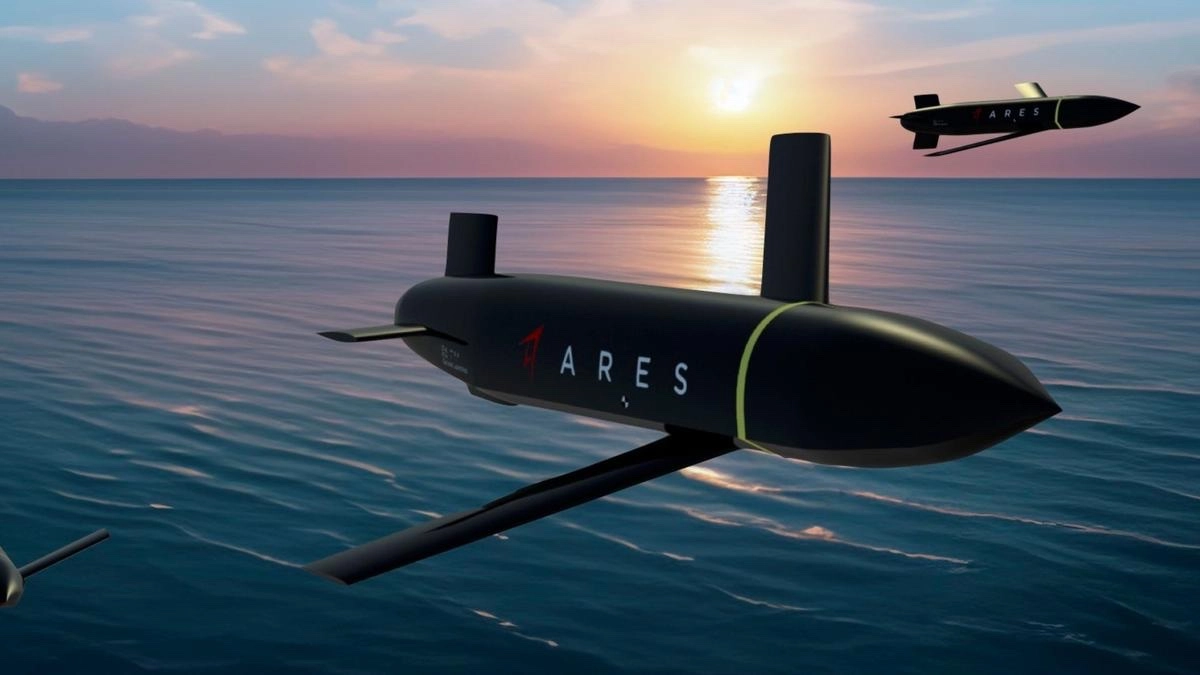
Also, we need this factory to produce the new $300K Low Cost Anti Ship Cruise Missiles by Ares Industries —10x smaller and cheaper, fitting perfectly with post-Revolution in Military Affairs technology!
This will strengthen North American defence, protect the free world, create jobs, and ensure that ALL OF NATO lasts more than a few days in sea warfare, both now and for the decades ahead.” #DefendAmerica #NorthAmericanSecurity #DefendRomania #DefendMoldova
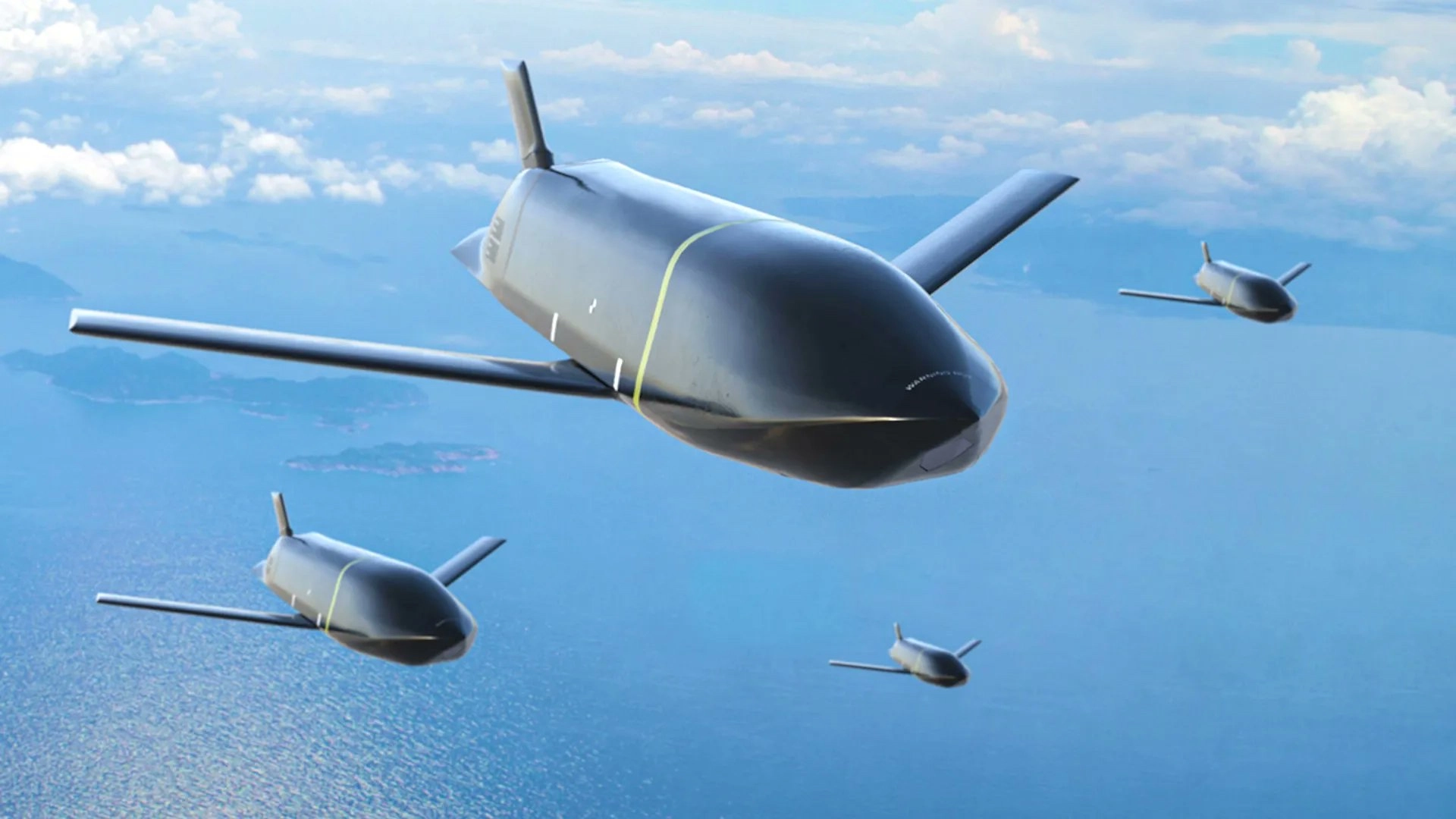
GPT-4: “The Long-Range Anti-Ship Missile (LRASM) can indeed be launched from a destroyer. LRASM, developed by Lockheed Martin, is designed to be used by the U.S. Navy and Air Force and can be launched from various platforms, including surface ships, submarines, and aircraft.
Destroyers, such as those in the U.S. Navy’s Arleigh Burke class, are equipped with the Vertical Launch System (VLS) that can fire the LRASM. This capability allows these ships to engage high-value, well-defended targets from significant distances, enhancing their offensive reach and effectiveness in maritime warfare.”
‘Fix the broken countries of the west through increased transparency, design and professional skills. Support Skills Gap Trainer.’
To see our Donate Page, click https://skillsgaptrainer.com/donate
